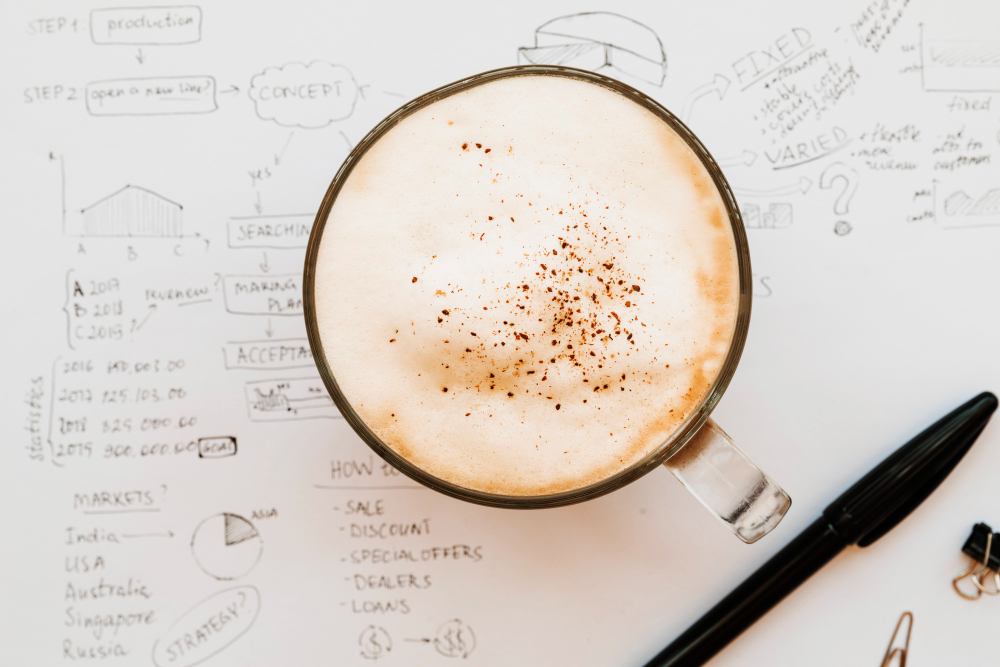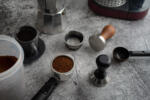Coffee, a beloved beverage savored across the globe, presents a fascinating case study in the realm of chemistry. Beyond its rich aroma and energizing properties, coffee invites a question that piques the curiosity of both scientists and casual drinkers alike: Is coffee a pure substance or a mixture? This article will explore this question, delving into the fundamental concepts of chemistry and the intricate composition of coffee.
The Basics: Understanding Pure Substances and Mixtures
Before we dive into the heart of our coffee conundrum, it’s crucial to lay the groundwork by defining key terms. Chemistry, a science deeply rooted in understanding the composition of matter, classifies substances into two broad categories: pure substances and mixtures.

Pure Substances:
- Defined by uniform composition and properties.
- Consists of a single type of particle.
- Can be elements (like gold or oxygen) or compounds (like water or carbon dioxide).
Mixtures:
- Combination of two or more substances where each retains its individual properties.
- Can be homogeneous (uniform composition throughout, like saltwater) or heterogeneous (non-uniform composition, like a salad).
Now, armed with this knowledge, we can turn our attention to coffee.
Coffee: A Closer Look
Coffee is more than just a beverage; it’s a complex concoction that has been both a subject of scientific study and a daily ritual for millions. To understand its classification, let’s examine its composition:
- The Coffee Bean: The journey begins with the coffee bean, itself a product of intricate biological processes. It’s rich in compounds like caffeine, acids, and oils.
- Roasting: Roasting transforms the raw beans into the aromatic, flavorful beans we know. This process develops hundreds of new compounds, contributing to the complexity of coffee.
- Brewing: When hot water meets the ground coffee beans, a dynamic extraction process occurs. Water, a solvent, pulls various compounds from the beans, leading to the beverage coffee.
Analysis: Deciphering Coffee’s Composition
The journey from bean to brew reveals a tapestry of chemical processes, each adding layers to coffee’s complexity. To determine whether coffee is a pure substance or a mixture, we need to analyze the final product that fills our cups.
- Diverse Compounds: Coffee is a concoction of water, caffeine, various acids, oils, and aromatic molecules. Each of these components maintains its chemical identity within the brew.
- Variable Composition: Depending on the coffee bean variety, the roast level, and the brewing method, the specific composition of a cup of coffee can vary significantly. This variability is a hallmark of mixtures.
- Homogeneity: While the composition varies, within a single cup of coffee, these components are usually uniformly distributed, making it a homogeneous mixture. However, some brewing methods can lead to a more heterogeneous mix, where elements like oils may separate.
Conclusion: Coffee – A Complex Mixture
Considering its diverse and variable composition, coffee aligns with the definition of a mixture. It’s a homogeneous mixture in most cases, but can exhibit heterogeneous traits depending on preparation. This analysis underscores the marvel of coffee – a seemingly simple beverage that embodies the intricate interplay of chemistry.
Disclaimer: This post contains affiliate links, which means I may receive a small commission, at no extra cost to you, if you make a purchase using these links. Remember to support us by purchasing through the Amazon/Walmart/Impact Radius links provided. Last update on 2024-04-27 / Affiliate links / Images from Amazon Product Advertising API
Disclosure: No compensation or free products were received in exchange for writing this review.

Editorial Staff
The editorial staff at Crazy Coffee Crave is a team of coffee enthusiasts & Baristas who enjoy the one thing we all think about as soon as we get up in the morning. Trusted by thousands of readers worldwide.





